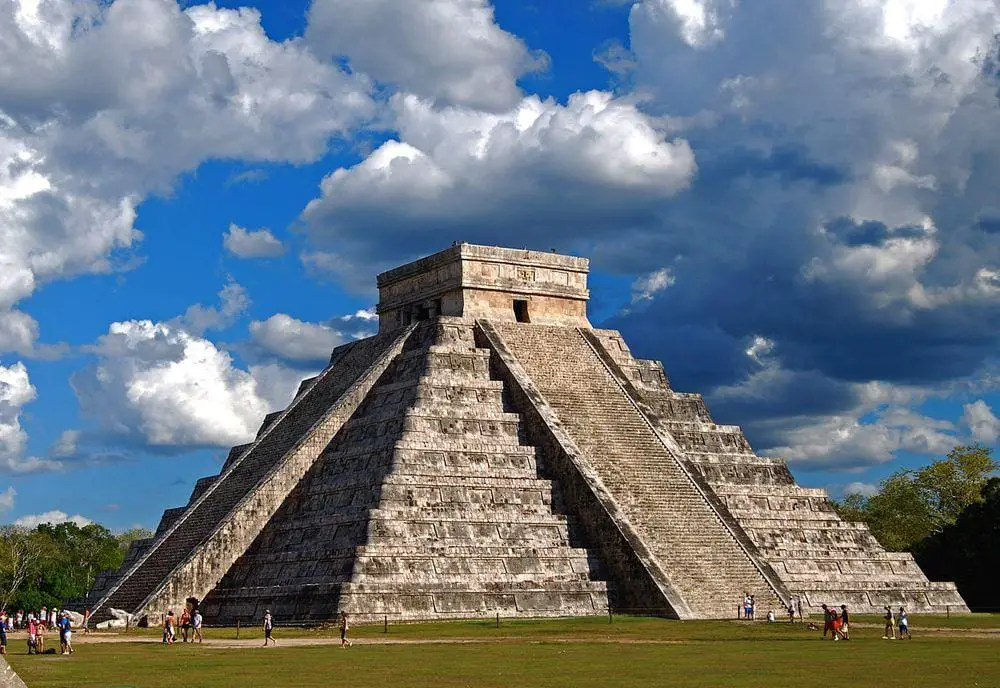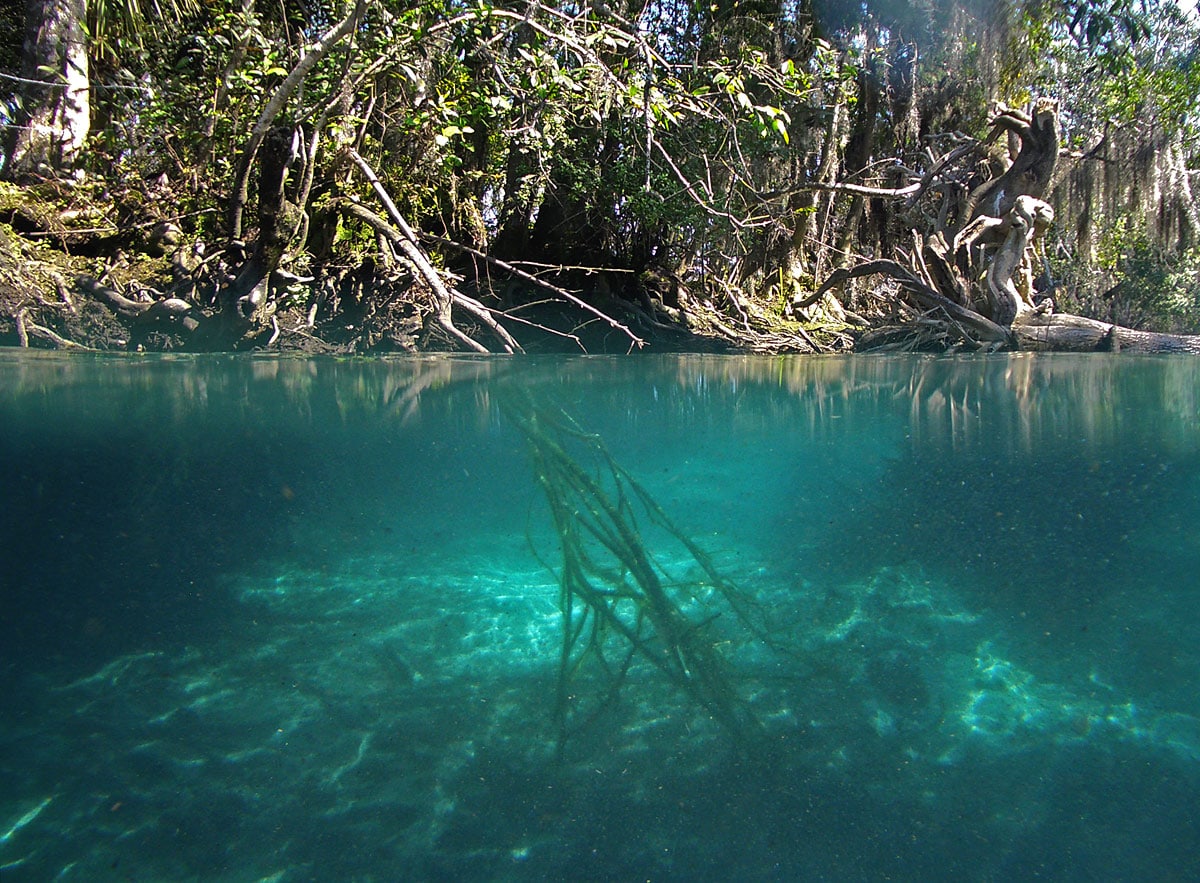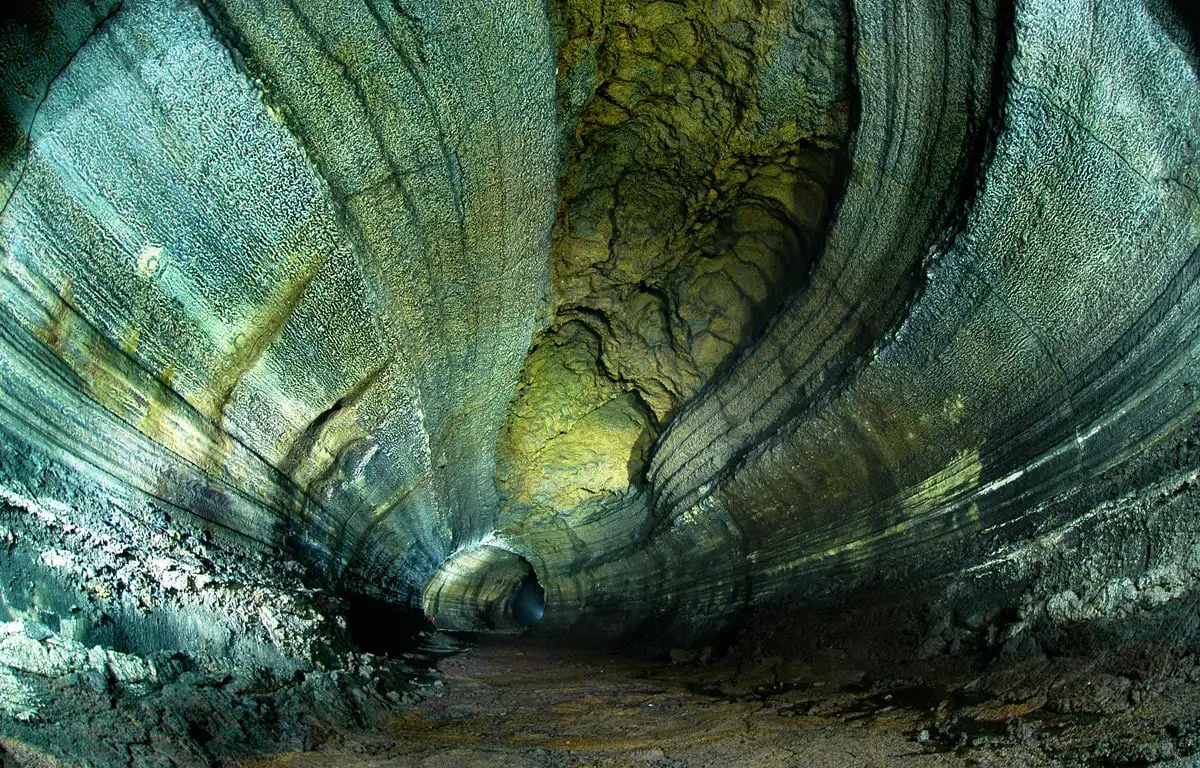World 🢖 North America 🢖 Mexico 🢖 Tamaulipas
Springs 🢔 Geological wonders 🢔 Categories of wonders
Wonder
El Nacimiento spring, Sistema Zacaton
 In short
In short
The powerful and beautiful El Nacimiento spring is closely connected to the famous El Zacatón sinkhole – one of the deepest water filled sinkholes in world.
 29.8%
29.8%
GPS coordinates
Location, address
Discharge of the spring
Length of the cave
Map of the site
If you see this after your page is loaded completely, leafletJS files are missing.
 In detail
In detail
It is part of Sistema Zacatón – an area with incredible characteristics unparalleled in the world. In total, this area contains some 20 unusual features – sinkholes, caves, and springs created by deep groundwater heated by volcanic processes. Karstification processes here continue today as well – acidic groundwater continues to strip away the limestone and deposit it in unusual travertine formations.
Resurgence of El Zacatón
This spring serves as a resurgence of El Zacatón: it is connected to it through a 230 m long and 17 m deep underwater cave passage.
The characteristic "boil" of powerful spring at the eastern limestone rim was noticed earlier but the connection to El Zacatón was discovered on May 2, 1990, when divers Jim Bowden and Gary Walten entered the Nacimiento. They swam against the current and with the second attempt (they returned for an additional exploratory reel) started to see a green glow ahead. Cave entered El Zacatón at 8 meters depth.
Discoverers frequently encountered skeletons of turtles and thus it got its name: Pasage de la Tortuga Muerta – a passage of a dead turtle.
Nowadays this passage is the most often used passage to enter El Zacatón.
In rainy periods the stream is fierce and attempts to go through the passage are very dangerous.
References
- Marcus Gary, Sistema Zacatón, research homepage. Accessed on June 27, 2010
 Linked articles
Linked articles

Wonders of Mexico
Few countries in the world can offer such an array of unique and astounding attractions as Mexico.
The area of this country was the cradle of several highly developed indigenous civilizations and some regions in the country are dotted with remnants of ancient cities with temples, palaces, and pyramids.

Springs
Powerful natural freshwater springs belong to the most fascinating monuments of nature. Even more exciting is the diversity of unusual springs – mineral springs, hot springs, submarine springs as well as the unusual black smokers. Especially beautiful are such natural rarities as travertine, silica, or salt terraces created by warm and hot springs and, especially, geysers.

Caves
Every year there are reported exciting discoveries of new caves and discoveries of new qualities such as cave paintings in the ones known before. But there still is a feeling that our knowledge covers just a small part of all these monuments of nature.
Though, those which are known to us, offer a surprising diversity of unusual features and impressive sights.
 Recommended books
Recommended books
Hypogene Karst Regions and Caves of the World
This book illustrates the diversity of hypogene speleogenetic processes and void-conduit patterns depending on variations of the geological environments by presenting regional and cave-specific case studies. The cases include both well-known and newly recognized hypogene karst regions and caves of the world. They all focus on geological, hydrogeological, geodynamical, and evolutionary contexts of hypogene speleogenesis.
Encyclopedia of Caves and Karst Science
The Encyclopedia of Caves and Karst Science contains 350 alphabetically arranged entries. The topics include cave and karst geoscience, cave archaeology and human use of caves, art in caves, hydrology and groundwater, cave and karst history, and conservation and management. The Encyclopedia is extensively illustrated with photographs, maps, diagrams, and tables, and has thematic content lists and a comprehensive index to facilitate searching and browsing.


